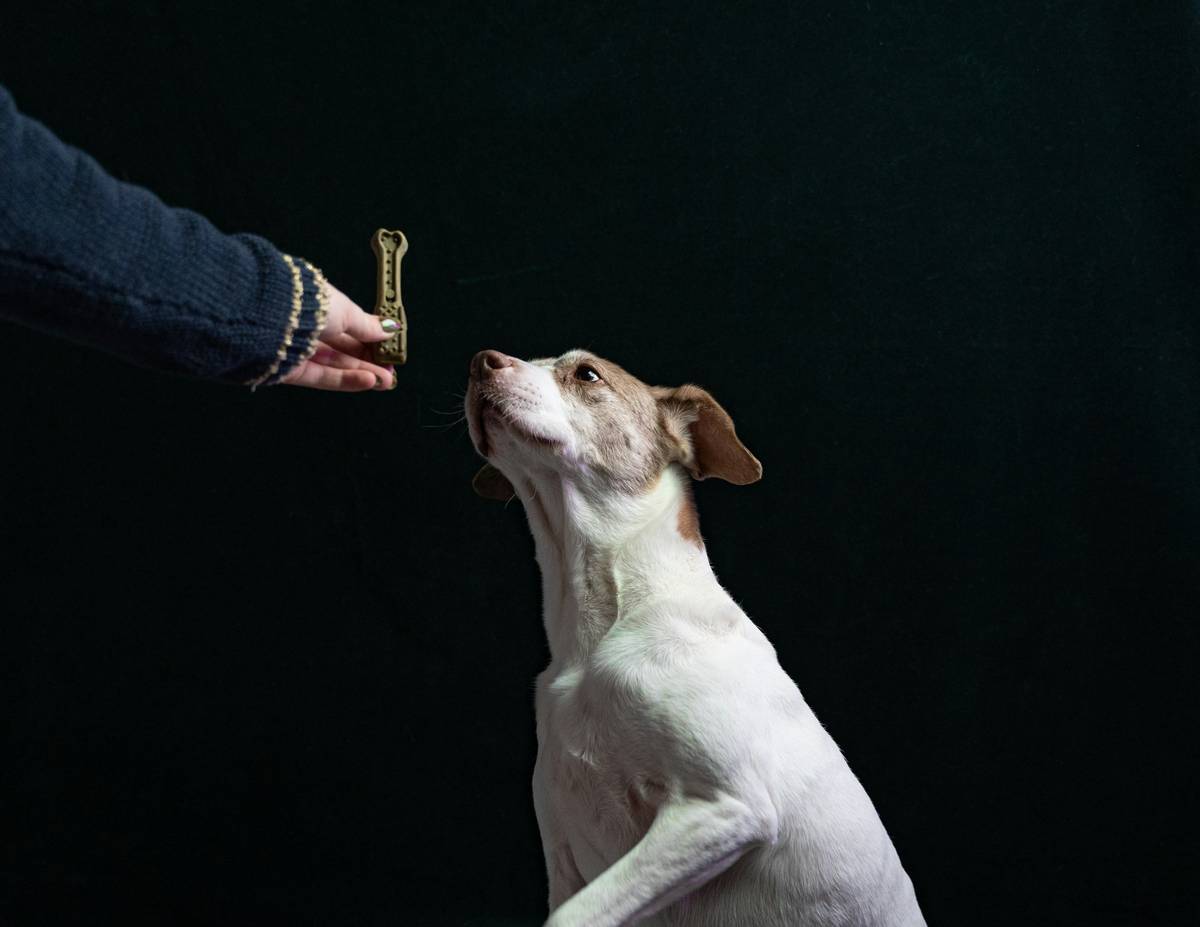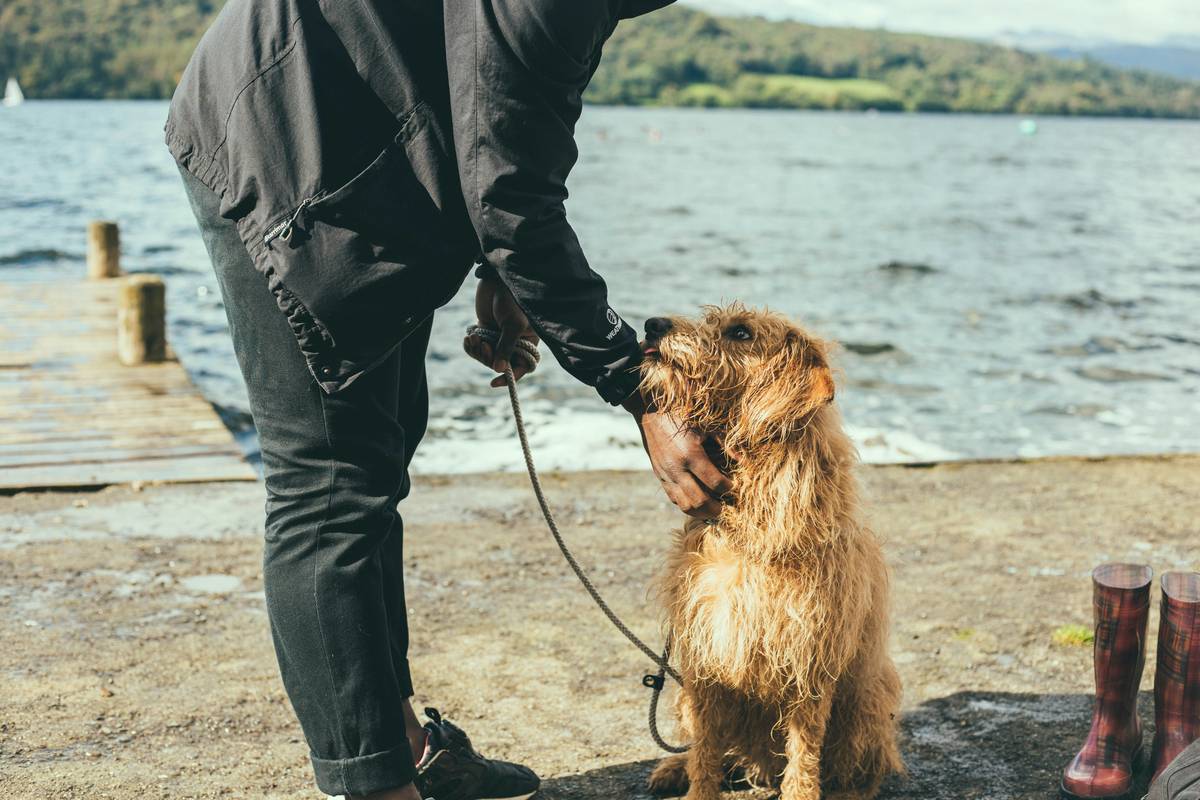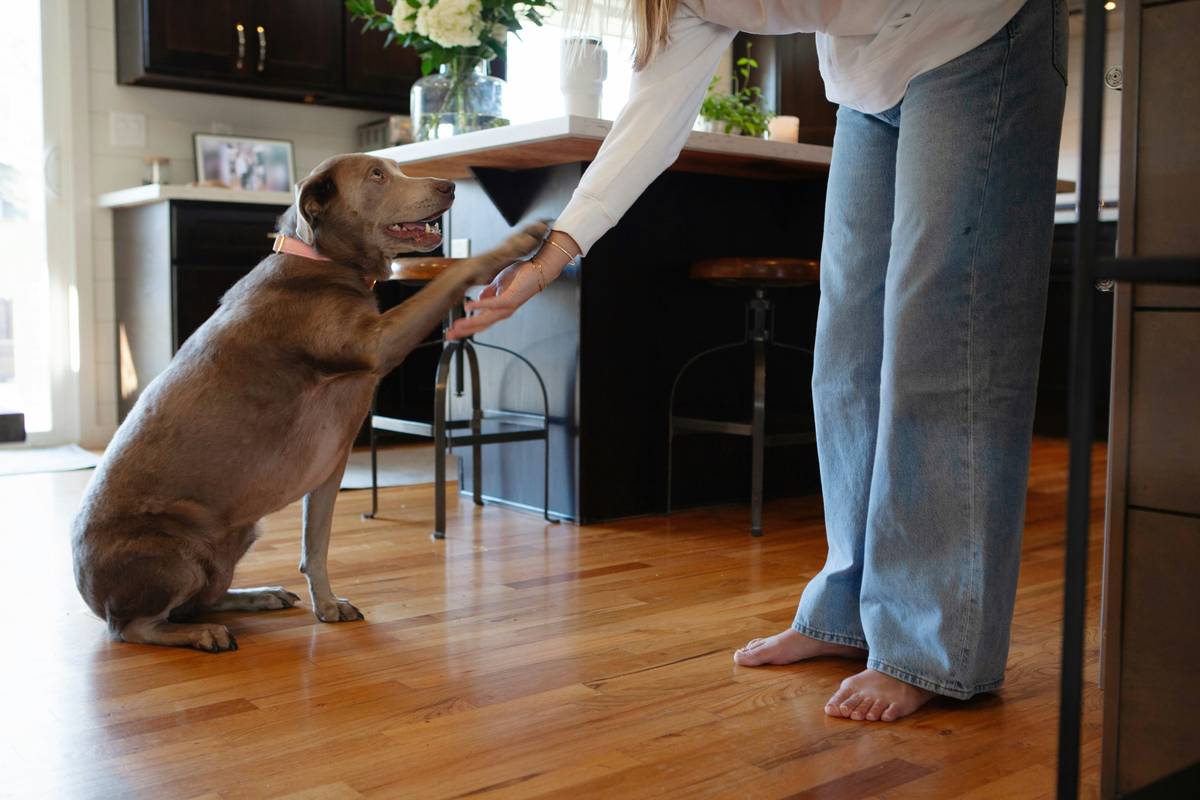Ever tried teaching your dog to sit, only for them to stare at you like you’re speaking a foreign language? Trust me, you’re not alone.
If you’ve been struggling with basic sit training, this guide will walk you through everything you need to know—from why it’s essential to step-by-step instructions that even beginners can follow. By the end of this post, you’ll be armed with actionable tips, hilarious confessions, and expert advice to transform your pup into an obedient sitting champion.
Here’s what we’ll cover:
Table of Contents
- Introduction
- Why Is Sit Training So Important?
- Step-by-Step Guide to Basic Sit Training
- Pro Tips & Best Practices
- Real-Life Examples of Success Stories
- Frequently Asked Questions About Sit Training
- Conclusion
Key Takeaways
- Sit training is foundational for good behavior and communication with your pet.
- Consistency and positive reinforcement are key to successful basic sit training.
- Tailor your approach based on your pet’s personality and learning pace.
Why Is Sit Training So Important?

Before diving into the nitty-gritty, let’s address the elephant in the room: Why should you bother teaching your furry friend how to sit? Well, think of the “sit” command as the Swiss Army knife of basic obedience commands.
Optimist You: “It lays the foundation for more advanced tricks!”
Grumpy You: “Sure, but first it saves you from chasing snacks across the floor because they won’t stop jumping.”
The truth is, mastering basic sit training improves safety (like stopping them from running into traffic), helps manage unruly behavior (hello, no-jumping-at-guests policy), and opens the door to fun activities like agility training or therapy work.
Step-by-Step Guide to Basic Sit Training

Okay, folks, grab your treats, clickers, and patience—it’s go-time!
Step 1: Choose a Quiet Space Free From Distractions
Picture this: You’re trying to teach Fido to sit while the kids are screaming, the TV’s blaring, and your neighbor decides now is a great time to practice his drum solo. Not ideal, right?
Step 2: Use High-Value Treats
Let’s get real here—your pup isn’t doing this out of sheer goodwill. They want something tasty, so pick their favorite snack. (Bonus points if it smells like bacon.)
Step 3: Lure, Reward, Repeat
- Hold the treat close to your pet’s nose.
- Slowly raise it over their head while saying “Sit.” Their natural instinct will cause them to look up and lower their bum.
- As soon as their bottom hits the ground, immediately reward them with the treat and praise. Timing is everything!
Step 4: Practice Makes Paw-fect
Don’t expect perfection overnight. Break sessions into short bursts (5–10 minutes max) and repeat daily. Consistency is king—or queen—for effective basic sit training.
Pro Tips & Best Practices

- Keep It Positive: Punishment doesn’t work. Instead, focus on rewarding desired behaviors to create a stress-free learning environment.
- Use Hand Signals: Pair verbal cues (“Sit”) with hand gestures for faster understanding.
- Be Patient: Every pet learns differently. Celebrate small wins along the way!
Terrible Tip Alert: Don’t try pushing down on their hindquarters. This outdated method often confuses pets and ruins trust. Just don’t do it.
Rant Section: Honestly, Stop Overcomplicating Things!
I once saw someone using flashcards to teach their Chihuahua to sit. FLASHCARDS. Listen, buddy, dogs aren’t preparing for an SAT exam; they just need clear, consistent guidance.
Real-Life Examples of Success Stories
Case Study 1: Max the Hyperactive Labrador
Max was notorious for jumping on guests until his owners introduced basic sit training. With 10-minute sessions twice a day, he mastered the skill within two weeks. Now? He greets visitors calmly—with all four paws firmly planted.
Case Study 2: Bella the Stubborn Beagle
Bella had zero interest in listening…until her trainer swapped boring kibble for freeze-dried chicken treats. Suddenly, she became a model student, proving that motivation truly matters.
Frequently Asked Questions About Sit Training
Q: How long does it take to teach my dog to sit?
A: Most dogs learn within 1–2 weeks with regular practice. However, stubborn breeds may need extra time.
Q: What if my pet refuses to cooperate?
A: If your pooch loses interest, switch up your rewards or shorten the session length. Never force it—it’ll backfire.
Q: Can older dogs learn new tricks?
A: Absolutely! Age is just a number when it comes to basic sit training.
Conclusion
Teaching your furry friend basic sit training might seem daunting at first, but remember—patience, positivity, and persistence pay off. Whether you’re dealing with a playful puppy or a wise old senior, every pet has the potential to shine.
So, grab those treats, put on your most encouraging voice, and start practicing today. Who knows? Your dog might surprise you tomorrow by sitting before you even ask.
Like a Tamagotchi, your pet’s progress requires daily care. Keep going—because seeing that wagging tail after a successful “sit” makes it all worth it.
And here’s one final nugget of wisdom:
Patience grows, Tails wag again, Basic sit reigns.


